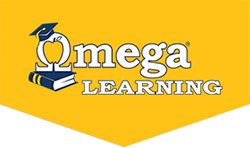Many kids talk late, or lack interest in letters, claim they hate reading, or have other reading problems. Does it mean they have a disability if they have reading problems? The answer is complicated. One in five public school children — some 10 million — have reading problems, according to the National Center for Learning Disabilities (NCLD) in New York City. Learning disabilities can range from mild to severe and, although they affect each person differently, most fall into two broad areas:
- Language and reading problems, including dyslexia (difficulty decoding language) and dysgraphia (difficulties relating to handwriting, spelling, and composition).
- Information processing disorders, including auditory or visual processing disorders. Despite normal vision and hearing, kids with these disorders have trouble with language development, reading, writing and mathematical ability.
What’s more, some children may have more than one learning difficulty. About one-third of those with LD also have attention deficit disorder (ADD), with or without hyperactivity (ADHD), which makes it difficult for them to concentrate and focus on specific tasks. The common denominator: Each child shows a discrepancy between his overall intelligence and his ability to learn in one or more of the traditional ways.
What’s more, just because a child has reading problems doesn’t mean they have a learning disability. Still, early identification and intervention can be critical to solving reading problems.
Source:https://www.scholastic.com/parents/school-success/school-help/learning-challenges/reading-problems.html

